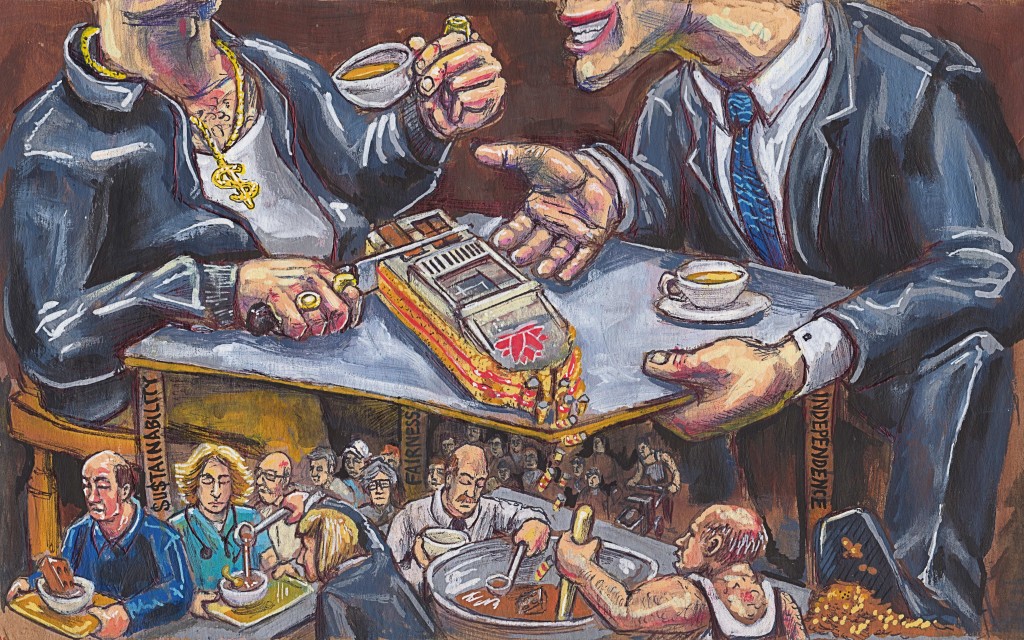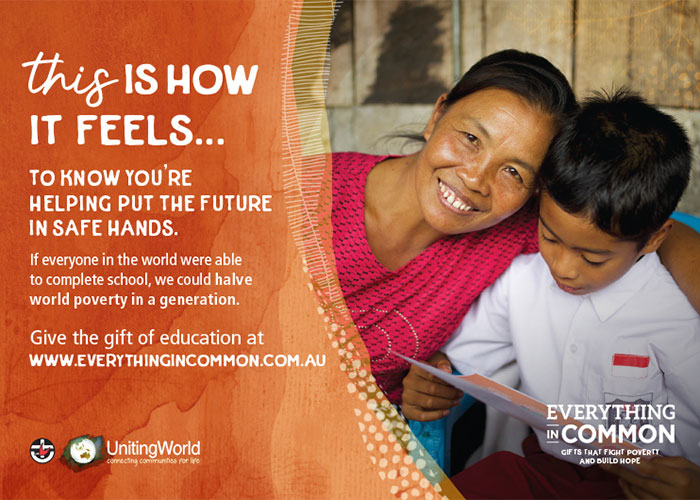Housing is a human need and a human right. This consensus should inform all social housing policies, emphasised Tenant Participation Resource Worker David White. However, housing security is not a reality for many Sydney residents. Forum participants raised the difficulties of accessing secure and affordable housing in the inner Sydney area. Census data indicates that over 40 per cent of low-income private rental households in NSW are in “housing crisis”; that is, they pay over 50 per cent of their income in rent.
Forum attendees lamented this expensive private rental market and the increasing shortage of housing – factors contributing to the waiting list of over 59,000 “approved” applicants on the NSW Housing Register. Heartfelt stories were shared about struggles to acquire and retain public housing (owned by the government) and community housing (owned by community providers).
A lack of compassion for individual situations and extenuating circumstances sometimes leads to questionable evictions that compromise people’s futures. A large-scale example is the controversial sale of the public housing at Millers Point and the iconic Sirius apartments at The Rocks. The strategy of removing or relocating social housing tenants and selling properties to the highest bidder is what UNSW professor Bill Randolph calls “state-imposed social apartheid”.
The state’s Minister for Family and Community Services, Gabrielle Upton, has said that proceeds from the multi-million-dollar sales of social housing properties will be put “back into the social housing system”. However, it is unclear what proportion of the sales will be re-allocated. Maintaining financial viability is certainly important, and the discussion paper describes the aim to “support people to move into (or remain in) the private rental market.” Forum attendees recommended that this process should involve increased case management, cross-communication between support networks, and better employment incentives. There needs to be an adequate safety net between obtaining a job and losing social housing, as well as care and consideration for those who are too unwell or too old to work.
Greens MP Jamie Parker has condemned the move to market rent as “a cruel ideological attack”. The recent enforcement of market rent for local, non-profit aged care facilities and youth centres is pressuring some of these crucial services to close.
At the same time, the discussion paper’s Pillar 1, providing “opportunity and pathways for client independence”, raises a significant but sensitive issue. Independence via education and employment is vital to breaking cycles of poverty. But there will be many challenges involved in developing schemes appropriate to the needs of social housing tenants. Forum attendees warned of doorknocking scams where purported training organisations have been getting social housing residents to sign payments for programs to which they are unable to commit.
The discussion paper’s Pillar 2, “A social housing system that is fair”, raised forum debates about the definition of fairness and the potential to accommodate residents with a greater variety of incomes. A July 2014 independent report by SGS Economics and Planning recommended that having a range of social, affordable, private and aged care housing in Millers Point could reap better long-term economic outcomes for NSW. This finding derives from the relatively high employment opportunities in the inner city and the contributions of lower-income workers to the city’s functions. As Sydney MP Alex Greenwich has stated, “Any global city needs people at all income levels to help that city thrive.”
The SGS report also made suggestions relevant to the forum’s discussion of Pillar 3, “A social housing system that is sustainable”. SGS recommended that long-term leases to the market, rather than outright sales, would give the NSW government better options for property allocation in the future. Furthermore, socio-economic benefits could accrue from replacing social housing stock within the inner city, rather than relocating it to poorly serviced areas. This finding matched forum participants’ instincts about the importance of preserving community ties for long-term residents and the elderly.
The ISRC forum raised burning questions about the future of social housing in Sydney. Will the inner city continue to be a vibrant and diverse community that accommodates the needs of local workers and less-fortunate people? Or will it become an exclusive locale for those with the deepest pockets? In the words of Chris Martin, Senior Policy Officer of the Tenants’ Union of NSW: “…if the social housing policy that follows from the present discussion does not consider the reality of the private rental market, how it fails low-income households, and how other government policies have shaped it that way, any initiatives for ‘opportunities and pathways’ out of social housing will only raise false hopes or real fears.”





